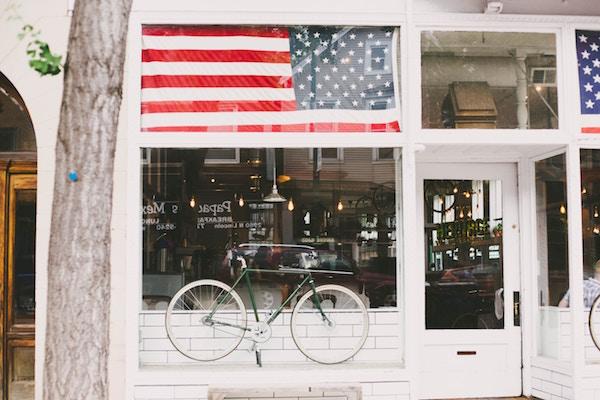Election Day Checklist: Everything You Need to Know About Voting During Work
Published: Nov 06, 2018

Election Day 2018 is finally upon us; this year’s midterm elections are arguably some of the most watched and eagerly anticipated races in recent memory. With 470 seats in Congress (35 in the Senate and all 435 in the House of Representatives) up for election, this year’s vote is no doubt going to be an important and consequential one.
Do you have everything you need to vote on November 6th? As long as you’re registered to vote (which, hopefully, you are by now), here’s everything else you need to remember before heading to the polls.
- Put in for PTO ahead of time.
There are no federal rules or regulations that mandate employers give their employees paid time off (PTO) for Election Day. However, many states do have legislation pertaining to taking time off to vote. Most of these states allow several hours of paid time off on Election Day, but some states like Texas or Alaska don’t place any limits. Fortunately, many companies do allow employees to take paid time off on Election Day, regardless of the state’s requirement.
It’s important to be aware of your company’s policy when planning your vote. Election days are always communicated to the public well in advance, and if you plan to take time off to vote, you should give your supervisor plenty of notice. Let them know how much time you’re anticipating, and whether you’ll be arriving late, leaving early, or taking the entire day.
- Make sure your colleagues know you won’t be in.
You don’t have to tell people you’re voting if you want to keep it private, but it’s important that your coworkers, especially your direct reports, know you’ll be out, even if just for a couple of hours. It’s easy to assume that others will assume your availability (or lack thereof) because of Election Day, but as with any other day you take off, you still need to remain communicative. Be sure not to schedule any important meetings or calls during the time you plan on being out, and if you feel it’s necessary, turn on a brief “Out of Office” automatic reply for your emails.
- Know where your polling place is.
While this might seem like a no-brainer, polling places are very specific, and the way districts are drawn may not make immediate sense. For instance, I live less than five blocks away from a high school that is also a polling place, however, I cast my vote at an elementary school ten blocks away from my apartment. Being able to find your polling place is especially important when planning travel to and from work. Knowing where the place is located will help you plan your travel, anticipate traffic, and leave home or work with enough time to cast your vote.
Your voter registration card has the address for your polling place, but if you want to check it online, there are several places where you can. Facebook offers a feature where you can check your polling place using your address, which many people have been seeing in their newsfeeds in the months leading up to this week’s election. Sites like RockTheVote.org and HeadCount.org let you check both your registration status and polling place, and you can also find important Election Day information on USA.gov.
- Remember: the early bird gets the vote.
You should vote whenever your schedule allows, but the earlier the better. Find out when your polling place opens and, if possible, arrange to be there a little earlier so you can get in right away. Arriving at the polls first thing in the morning will hopefully expedite the process so you can get into work quicker—if you’re only taking a couple of hours off that day. If your work schedule allows, and your polling place isn’t too far from where you work, it might also be a good idea to try going during the mid-afternoon where there might be a lull in the number of people between the morning and evening rush hours.
Whenever you go, you should be prepared to wait at least a little bit, which is another reason why it’s important to notify your supervisor and clear your schedule. If you commute to and from work via public transportation, remember that companies like Lyft will give you discounted rides to the polls to make the commute a little easier.
- Use discretion when posting those voting selfies.
Posting photos on Instagram of your polling place, a selfie with your voting sticker, and even pictures of your ballot (which, by the way, is illegal in some states), is wildly popular these days. While this can be a valuable way to raise awareness within your networks, it’s a slippery slope—especially for people who are friends with their coworkers on social media.
Checking into your polling place on Facebook or live-tweeting your voting experience can send mixed messages to colleagues who might see what you’re posting. Perhaps save your voting-related post until after the work day, or edit your privacy settings to avoid raising any eyebrows with coworkers.
